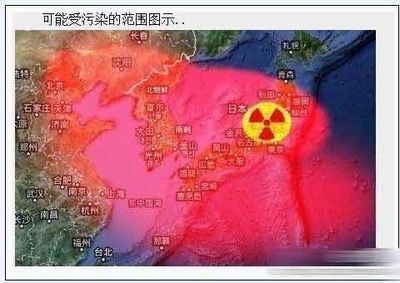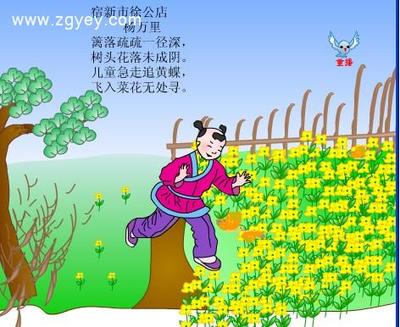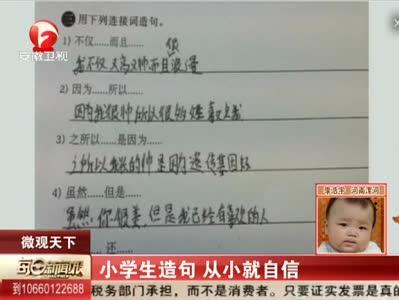当直接引语为祈使句,陈述句,疑问句被转换成间接引语时,句子的结构,人称,时态,时间,时间状语和地点状语等都要发生改变。那么你对间接引述了解多少呢?以下是由小编整理关于什么是间接引述的内容,希望大家喜欢!

间接引述的基本概念
他们说:“皇帝死后将成为神。” [直接引语] Dixere:"Augustus post mortem deum factus erit."
他们说,那个皇帝死后将成为神。[间接引语] Dixere Augustum post mortem deum faciendum esse.
间接引语中,引语的主语要使用宾格,动词要使用不定式,不定式的时态取决于引语动词发生的时间与主句动词时间的先后性,不定式的性、数取决于间接引语的主语(如前所述,只用宾格)。如:
Consules sentiunt servos non esse liberandos. 执政官们认为奴隶们不该被释放。
主句动词是认为:sentiunt ,时态是现在时。间接引语中的动词是不定式 liberandos esse,是将来时,因为“被释放”的动作是发生在主句动词“认为”之后的。liberandos 的性(阳性)、数(复数)与间接引语的主语servos 保持一致。
当我们引用别人的话时,我们可以使用别人的原话,也可以用自己的话把意思转述出来。如果引用原话,被引用的部分就称之为直接引语,反之,则称为间接引语。
这里有两句间接引语。前面一句的动词是 interfectum esse,是不定式的完成时,表示“被杀害”的动作是发生在fama erat [消息到来]之前的;后一句的动词是 vivere, 是不定式的现在时,表示“活着”这个动作与消息到来同步。
直接引语和间接引语详解
引述或转述别人的话称为“引语”。直接引用别人的原话,两边用引号“ ”标出,叫做直接引语;用自己的语言转述别人的话,不需要引号这叫做间接引语,实际上间接引语大都是宾语从句(其中由祈使句转换的间接引语除外,其转换后是不定式)。那么直接引语为陈述句、一般疑问句、特殊疑问句和祈使句,转换为间接引语时,句子的结构,人称、时态、时间状语和地点状语等都要有变化,如何变化呢?
1、人称的转变
1)直接引语中的第一人称,一般转换为第三人称,如:
He said,“I am very sorry.” ——>He said that he was very sorry.
2)直接引语中的第二人称,如果原话是针对转述人说的,转换为第一人称,如:
“You should be more careful next time,” my father told me.——>
My father told me that I should be more careful the next time.
3)直接引语中的第二人称,如果原话是针对第三人称说的,转换成第三人称。如:
She said to her son, “I'll check your homework tonight.” ——>
She said to her son that she would check his homework that night.
4)人称的转换包括人称代词、物主代词和名词性物主代词等,如:
He asked me, “Will you go to the station with me to meet a friend of mine this afternoon?” ——>
He asked me whether I would go to the station with him to meet a friend of his that afternoon.
总之,人称的转换不是固定的,具体情况,具体对待,要符合逻辑。
2、时态的转换
直接引语改为间接引语时,主句中的谓语动词如果是过去时,从句(即间接引语部分)的谓语动词在时态方面要作相应的变化,变成过去时范畴的各种时态(实际也是宾语从句的时态要求)
如何把直接引语变间接引语
“一随主”是指在直接引语变间接引语时,如果从句中的主语是第一人称或被第一人称所修饰。从句中的人称要按照主句中主语的人称变化如:
She said. "My brother wants to go with me. "→She said her brother wanted to go with her.
“二随宾”是指直接引语变间接引语时,若从句中的主语及宾语是第二人称。或被第二人你所修饰。从句中的人称要跟引号外的主句的宾语一致。如果引号外的主句没有宾语。也可以用第一人称,如:
He said to Kate. "How is your sister now?"→He asked Kate how her sister was then。
“第三人称不更新”是指直接引语变间接引语时。如果从句中的主语及宾语是第三人称或被第三人称所修饰从句中的人称一般不需要变化如:
Mr Smith said。 "Jack is a good worker。"→Mr Smith said Jack was a good worker。
变时态:
直接引语在改为间接引语时、时态需要做相应的调整。
现在时它需改为过去时态;过去时态改为完成时;过去完成时则保留原来的时态。如:
1)She said. "I have lost a pen."→She said she had lost a pen
2)She said. "We hope so."→She said they hoped so.
3) She said. "He will go to see his friend。"→She said he would go to see his friend。
但要注意在以下几种情况下。在直接引语变为间接引语时,时态一般不变化。
①直接引语是客观真理。
"The earth moves around the sun and the moon moves around the earth, the teacher told me. → The teacher told me the earth moves around the sun and the moon moves around the earth。
②直接引语是过去进行时,时态不变。如:
Jack said. "John, where were you going when I met you in the street?"→Jack asked John where he was going when he met him in the street。
③直接引语中有具体的过去某年、某月、某日作状语,变为间接引语时,时态不变。如:
Xiao Wang said. "I was born on April 2l, 1980。" →Xiao Wang said he was born on April 20, 1980。
④直接引语如果是一般现在时。表示一种反复出现或习惯性的动作,变间接引语,时态不变。如:
He said, "I get up at six every morning。" →He said he gets up at six every morning。
⑤如果直接引语中的情态动词没有过去时的形式(例:ought to, had better, used to)和已经是过去时的形式时,(例:could, should, would, might)不再变。如:
Peter said. "You had better come have today。" →Peter said I had better go there that day。
三、如何变状语:
直接引语变间接引语,状语变化有其内在规津,时间状语由“现在”改为“原来”(例:now变为then, yesterday。变为 the day before)地点状语,尤其表示方向性的,或用指示代词修饰的状语,由“此”改为“彼”(例:this 改为that),如:
He said, "These books are mine." →He said those books were his.
 爱华网
爱华网



